Inge Beck led a circular walk around the village of Ibstone on Saturday 13 May. It was a cold morning with a brisk northerly wind, but fortunately most of the walk was in sheltered woodland. Meeting point was the road verge next to Ibstone Common. After a short stretch along the road, the route led eastwards along a footpath which ran through a narrow belt of woodland. A dense covering of Dog’s Mercury made it hard to spot flowers of Moschatel, Goldilocks Buttercup, Bush Vetch and Wood Speedwell. Several Beech seedlings with big leaves were found. The path opened out onto a meadow area with distant views across to the Hambleden valley. The grass was yellow with Cowslips. At the top of the field, a grave-shaped area was marked out with stones and a plaque proclaimed that John Howard Jones, a former owner of Cholsey Grange Farm, had ‘Gone to Ground’. Field Madder was in flower on the grave and Wild Parsnip plants and Glaucous Sedge were identified. Adela reamurella, a small long-horn moth with very long unequal-length antennae, was found nearby. At the bottom of the field, the leaf rosette of a Bee Orchid which would soon be coming into flower was discovered. The walk continued down a wide ride where Cuckooflower, Primrose, Common Figwort, Wood Spurge and Wood-sorrel were seen. Apple-green seed discs on the ground alerted the group to the presence of a Wych Elm. It appeared also to have dangling tassels of seeds, but these turned out to belong to a nearby Hornbeam whose branches were mixed up with those of the Elm. The ride led down to the valley bottom, where a strip of woodland had been clear-felled. Brambles were growing over the tree stumps and plants seen included Foxglove and Hemp Agrimony. The far side of the valley was very steep and covered with a mixture of trees with new bright green leaves and the grey skeletons of dying Ash trees.
The next section of the walk followed a track which ran southwards along the valley bottom and into the woods of Twigside Bottom. Flowers seen here included Bugle, Ramsons and Yellow Archangel, together with the grass Wood Melick. A saw pit at the side of the path was a clue that the principle target for the morning, a big patch of Herb Paris, was nearby. When Inge first spotted the patch, back in April 2021, the plants were clear of any competing vegetation, and included a mix of 3-, 4- and 5-leaved specimens. This time, the plants were growing amongst a dense cover of Dog’s Mercury and were hard to spot. The leaves of both plants were a similar shade of green. A few of the larger Herb Paris plants were in flower and stood out above the surrounding vegetation. When the Dog’s Mercury leaves were pushed aside, many smaller Herb Paris plants were revealed hidden below. Back in 2006, as part of the 125th anniversary celebrations of Reading and District Natural History Society, a team of members had tried to refind Herb Paris, the plant on the Society’s logo, at its historic sites within the Society’s recording area. The report of their findings can be read in edition 59 of the Society’s annual publication, The Reading Naturalist. The Ibstone population is not mentioned.
Further sightings included Woodruff in flower and a click beetle which was observed among the stinging nettles. When a camera was brought up close, it obligingly emitted a loud click and jumped away. A white slime mould was found on a tree trunk on one side of the track, then a little further on, the pink dots of the Wolf’s Milk slime mould were found on a fallen tree on the other side of the track. The next section of the walk followed a footpath which turned westwards and climbed up through woodland to Twigside Farm. Male Fern and both Broad and Narrow Buckler-fern were identified, then Wood Forget-me-not and Shining Crane’s-bill were seen. Continuing up the side of the valley, the group disturbed a herd of 12 Fallow Deer which had been feeding out in the open on the far side of an adjoining field. After crossing the main road through Ibstone, the next footpath ran next to a house which had an interesting collection of arable weeds amongst the gravel of its front drive. The path continued into steep Beech woods with bare ground beneath the trees. Then there was an abrupt boundary as the wood became more open with a carpet of Dog’s Mercury on the woodland floor. The path climbed up to Ibstone Commmon, where the leaf rosette of a Common Spotted-orchid was found and a singing Willow Warbler was heard. After a short walk across the Common, the group returned to their cars.
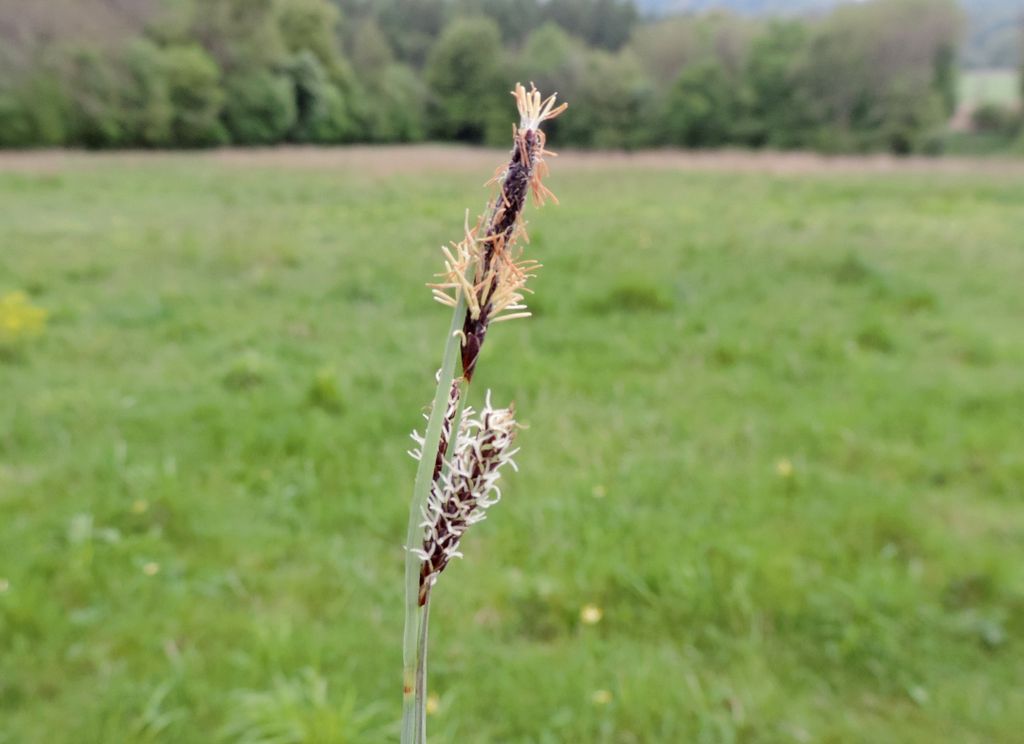

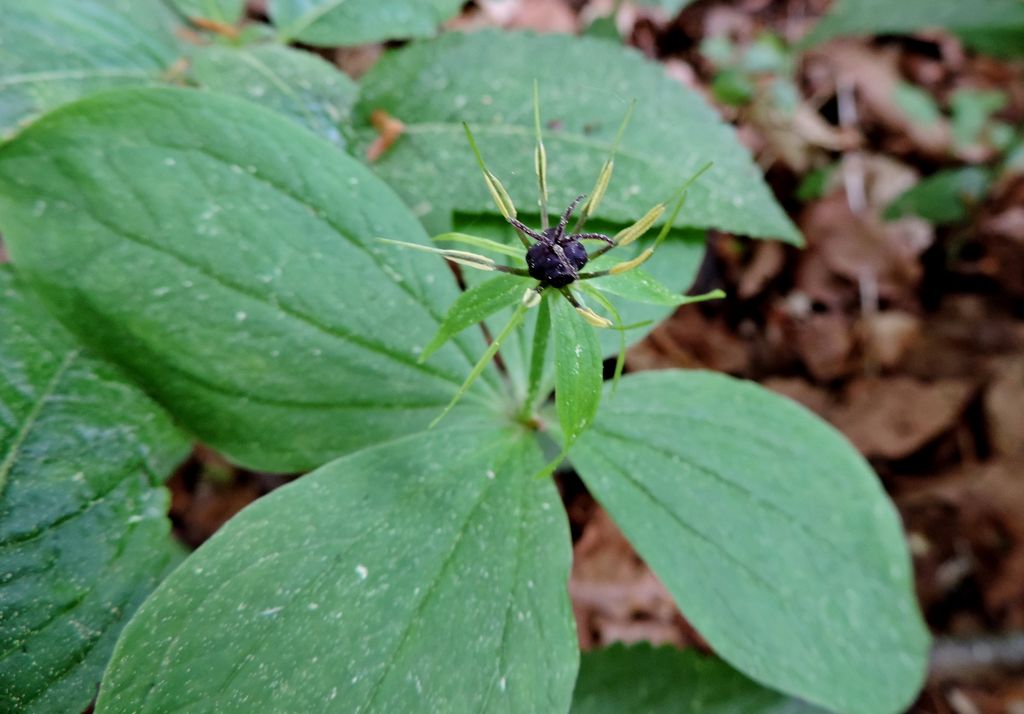
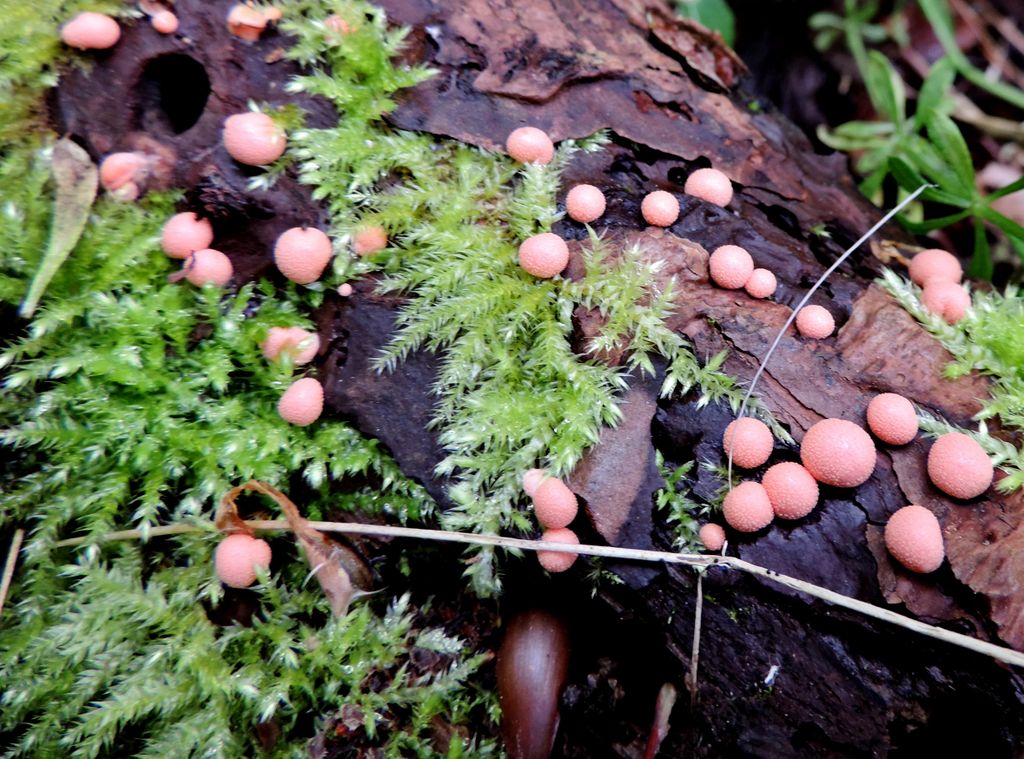
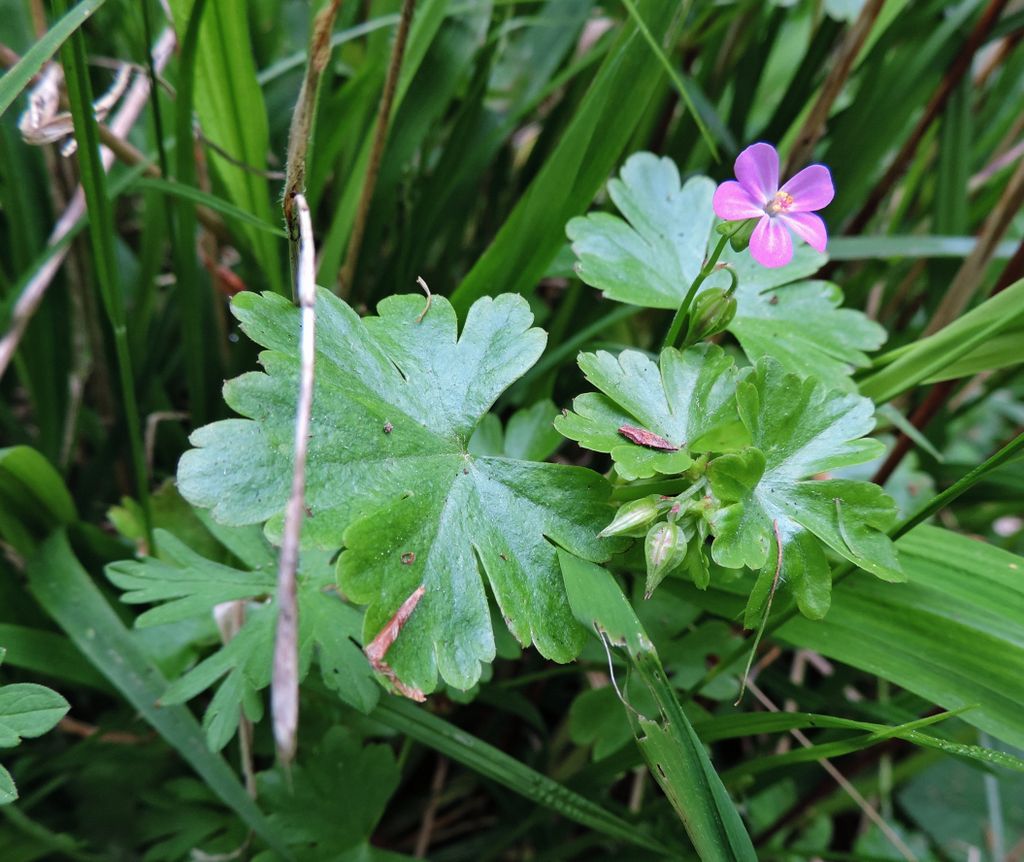
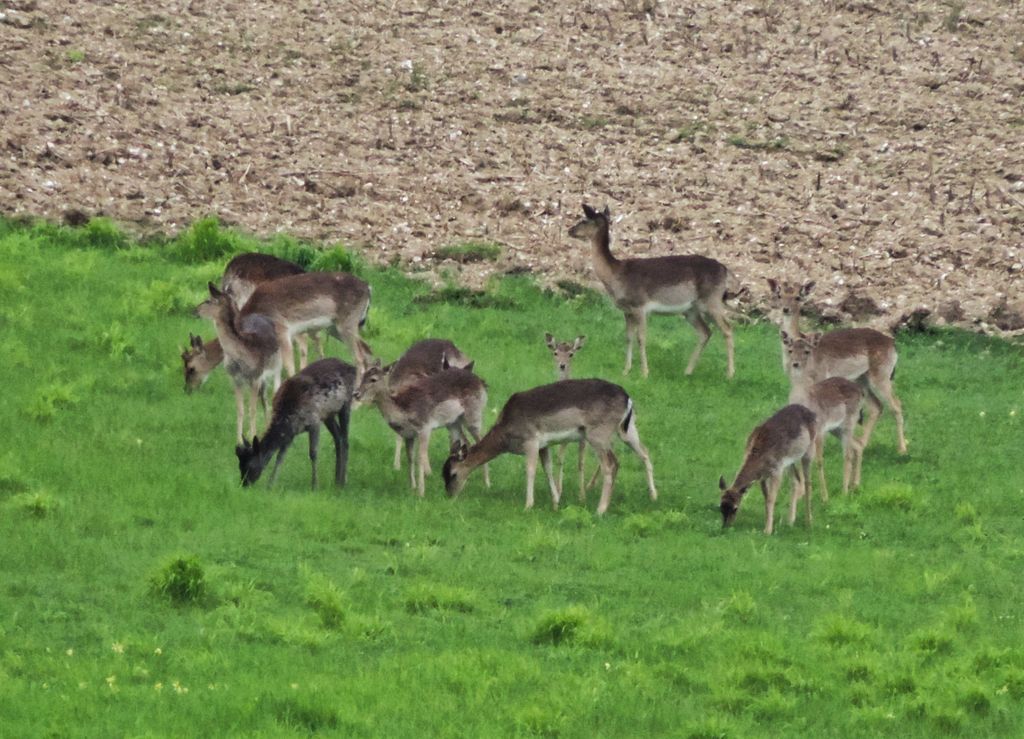
Pictures by Rob Stallard
